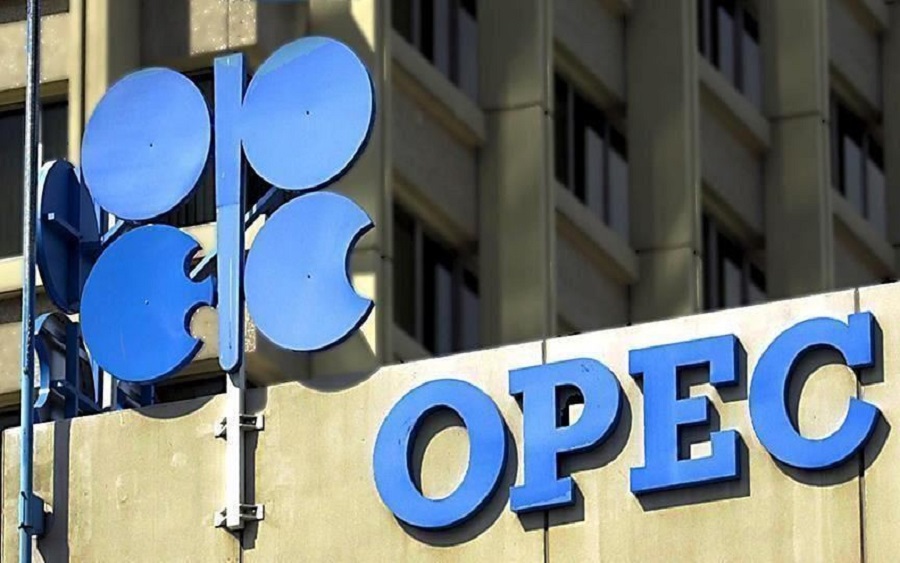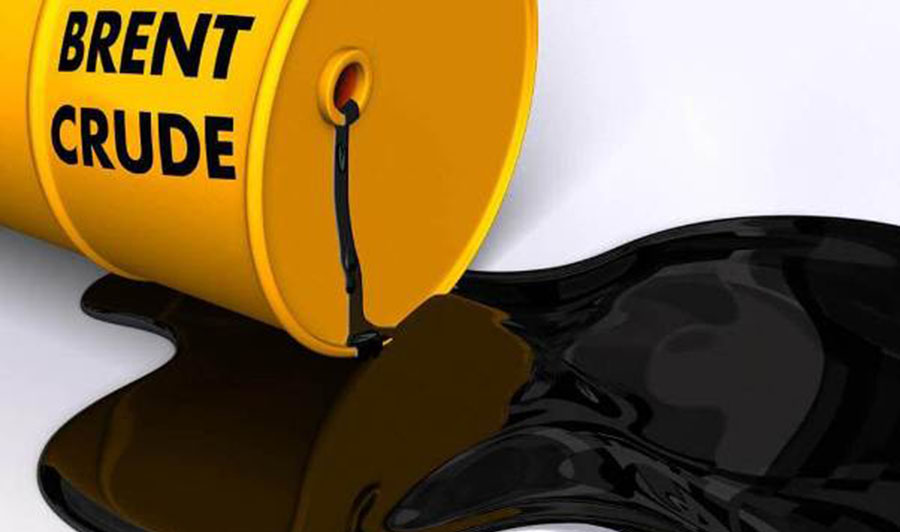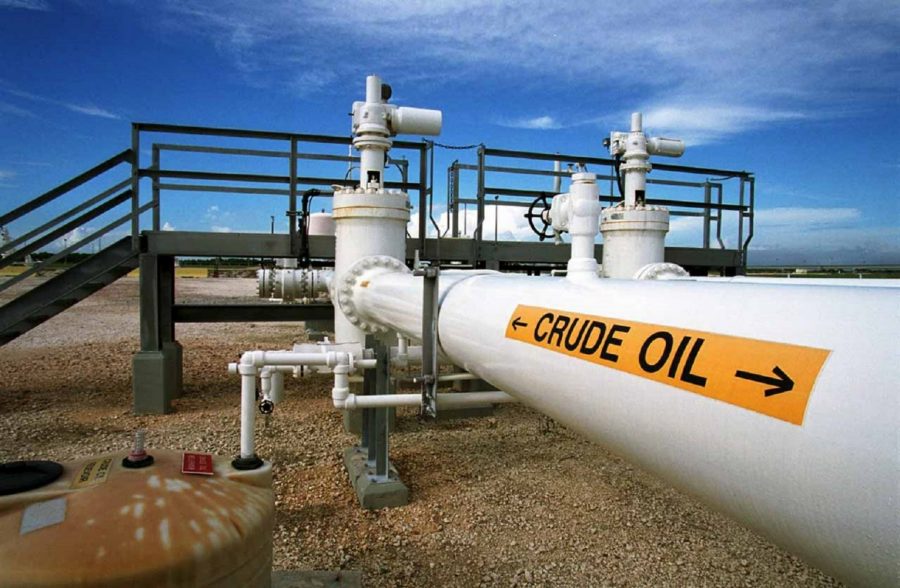The Organization of Petroleum Exporting Countries (OPEC) forecasts that global oil demand will fall deeper in 2020 than was previously predicted, due to the coronavirus pandemic, and recovery being slower than expected next year.
This is coming after signs of a recovery in supply from US shale drillers, and a few days before the scheduled meeting of OPEC ministers.
This new outlook raises questions about the group’s decision to ease production cuts last month, which the cartel had been implementing as part of measures to boost the coronavirus-hit oil market.
READ: Oil prices hit 2-months high as Bonny light rises to $33.9/barrel over vaccine test optimism
OPEC added 760,000 barrels a day to the global oil market in August, just as its analysts were making a downward revision of demand for its crude by more than 1 million bpd.
OPEC and its allies are expected to hold an online monitoring meeting on Thursday, to assess whether the huge output cuts being implemented are still sufficient to stave off an oil glut, as the resurgence of coronavirus is hitting the global economy hard.
OPEC had also cut its demand forecast for 2021, and sees consumption rising by 6.62 million bpd, which is 370,000 bpd less than expected last month.
(READ MORE: Why are oil prices down despite a successful OPEC meeting?)
Oil prices slumped further below $40 per barrel on Monday, close to their lowest in over 2 months, as some oil firms like British Petroleum Plc, and Trafigura Group made worrying predictions about consumption.

OPEC and its allies, which include Saudi Arabia and non-members like Russia, had agreed to ease some of the output cuts, made at the height of the negative impact of the coronavirus pandemic on the oil market. This month’s report from OPEC’s secretariat in Vienna suggests that the move might have been premature.
OPEC had cut back on its global oil demand forecast, for each quarter to the end of next year, by an average of 768,000 bpd. This will lead to a collapse by an unprecedented 9.46 million bpd in 2020, averaging 90.23 million bpd.
READ: Global stocks plunge over doubts of America’s economic recovery
The group simultaneously raised projections for production outside OPEC over the next 5 quarters, by an average of 394,000 bpd, mostly due to a stronger outlook for the U.S.
The combination of softer consumption forecasts and more robust non-OPEC supply numbers, depresses the requirement for crude from the cartel. The organization reviewed downwards, the estimated demand for its crude next year by 1.1 million bpd to 28.2 million bpd.
READ: Yearn.finance: Buyers earn 125,322% profits
While OPEC is producing far below this level because of its agreement to curb supply, the revision indicates that the world’s bloated oil inventories will subside more slowly than previously envisaged.






















